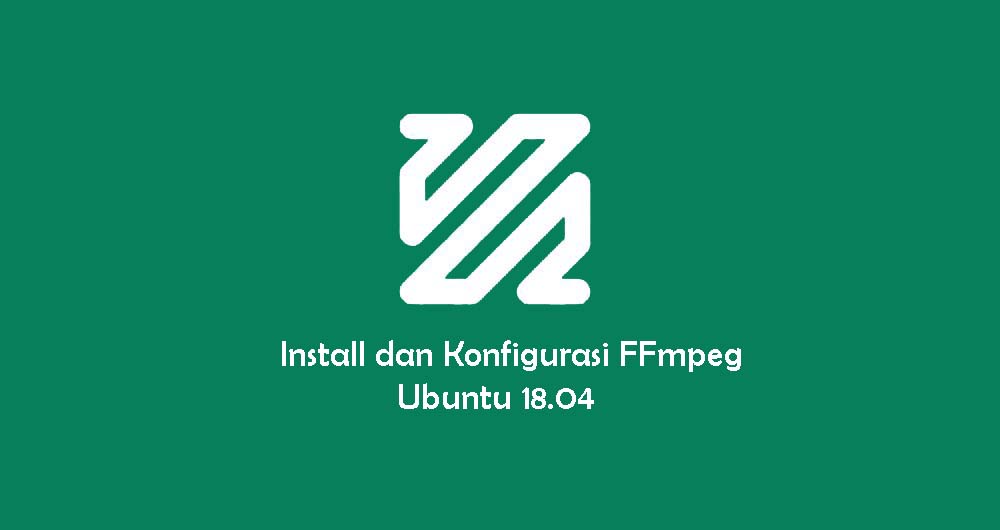
LIB /machine:x86 /def:f /OUT:postproc.lib LIB /machine:x86 /def:f /OUT:avformat.lib

LIB /machine:x86 /def:f /OUT:avdevice.lib LIB /machine:圆4 /def:f /OUT:swscale.libĪfter rebuild, copy files inside directory "include" intoĬiosAudio/Platforms/Windows/FFmpeg/includeĬiosAudio/Platforms/Windows/FFmpeg/lib/圆4 LIB /machine:圆4 /def:f /OUT:swresample.lib lib files are actually useful for linking: We suggest you use this version of built.Īfter your download, the following commands are recommented FFmpeg on WindowsĪ pre-compiled FFmpeg on Windows libraries are available at. You might spend some time to find out what configuration exact your need. If you want to compile FFmpeg by yourself, Therefore, we only give a common suggestion and settings here.

To learn more about what FFmpeg can do, visiting their documentation page will help you with your goals.Compiling FFmpeg on any platform proves to be quite a challenge,ĭue to its complexity and related libraries, If you need to convert files quickly and efficiently, FFmpeg is the program for you. It’s simple and lightweight, so it works well without wasting too much time or resources. Comments and ConclusionįFmpeg is an excellent multimedia software that can do much more than we discussed in this post. I would recommend keeping EPEL and RPM Fusion installed, and most users often need multiple packages from these repositories, which are highly used within the community. Remove autoremove and replace it with remove for users that do not want to remove the unused dependencies from the installation. Remove FFmpeg using the following command. sudo dnf update -refresh How to Remove (Uninstall) FFmpeg This makes maintaining updates simple and quick by running the standard update command as you check your entire system for updates as follows. How to Update/Upgrade FFmpegįFmpeg was installed with RPM Fusion using the dnf package manager. Some examples of the most common bit rates are 96k, 128k, 192k, 256k, and 320k. ffmpeg -i video.mp4 -vn -ab 128k audio.mp3 If you want to specify a new rate, enter the following example command. Install/Enable the Free Repository (REQUIRED) sudo dnf install -nogpgcheck $(rpm -E %rhel).noarch.rpm -y Install/Enable the Non-Free Repository (OPTIONAL) sudo dnf install $(rpm -E %rhel).noarch.rpm -y Install FFmpeg Note, if you an open-source fan, only install the free repository. In the second step, install the RPM Fusion repo’s in your terminal with the following install options below. Install & Enable RPM Fusion Repositories Next, install EPEL using the following (dnf) terminal command. The first task is to install the EPEL repository, and the recommendation is to install both repositories.įirst, enable the CRB repository.


 0 kommentar(er)
0 kommentar(er)
